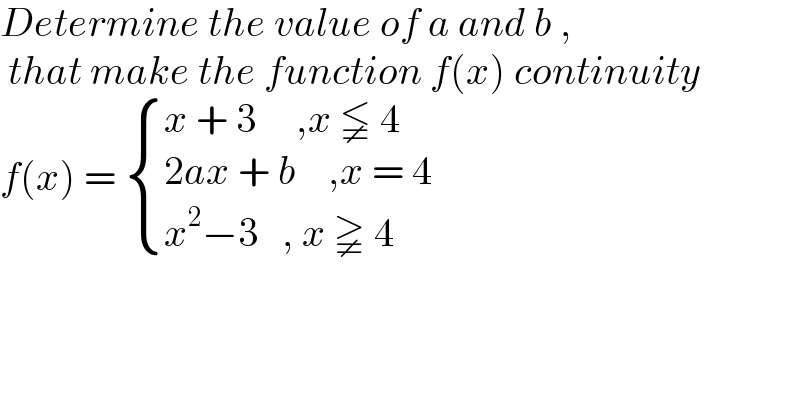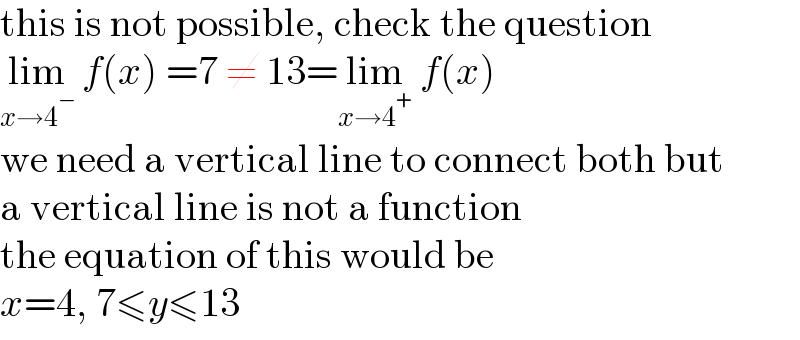
Question and Answers Forum
Question Number 180485 by moh777 last updated on 12/Nov/22

Commented by Frix last updated on 12/Nov/22

| ||
Question and Answers Forum | ||
Question Number 180485 by moh777 last updated on 12/Nov/22 | ||
 | ||
Commented by Frix last updated on 12/Nov/22 | ||
 | ||